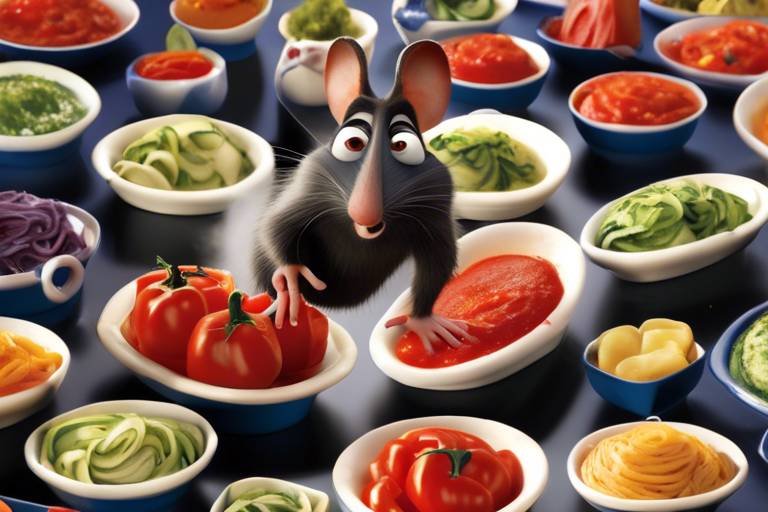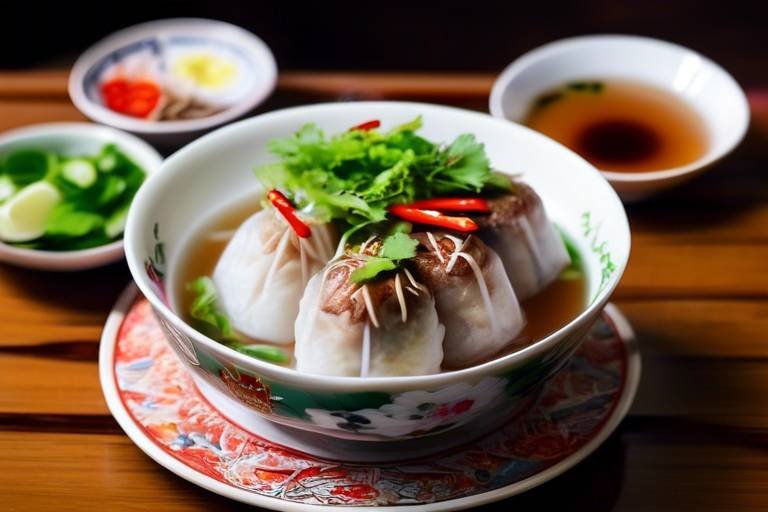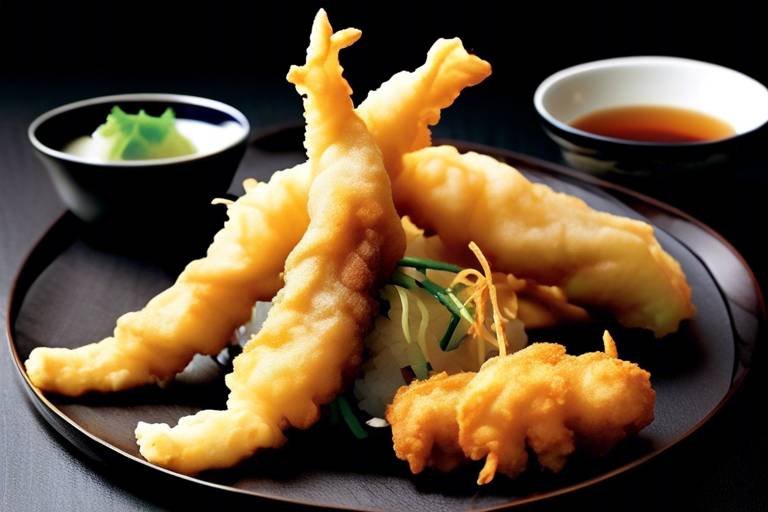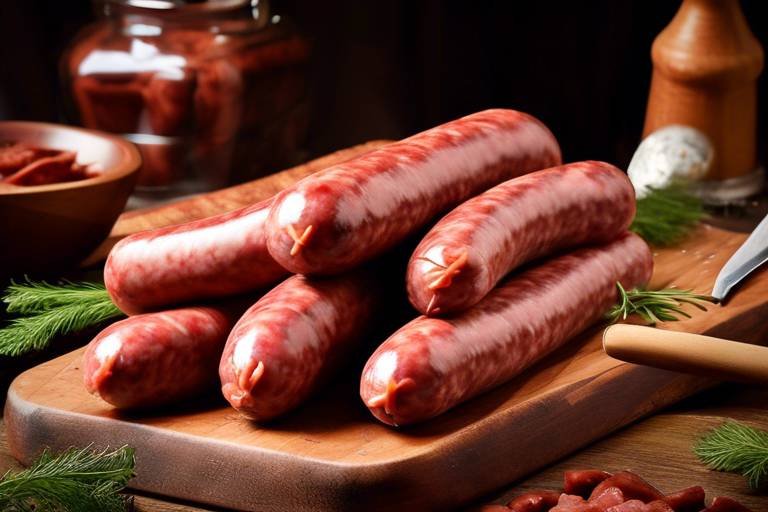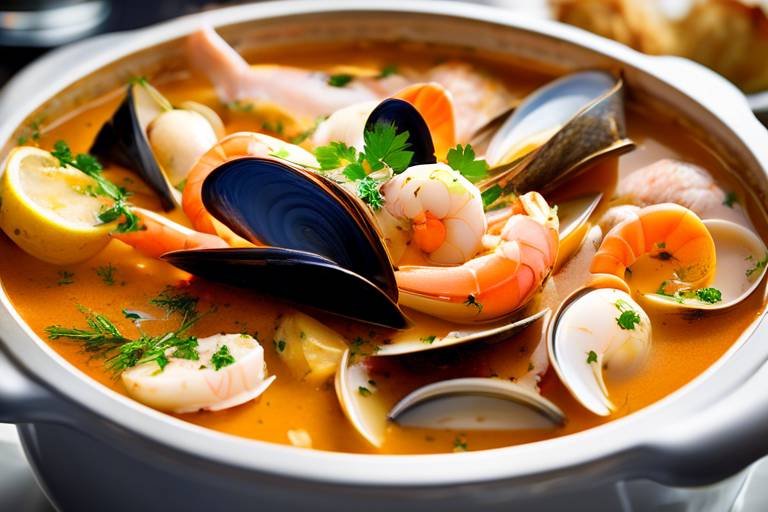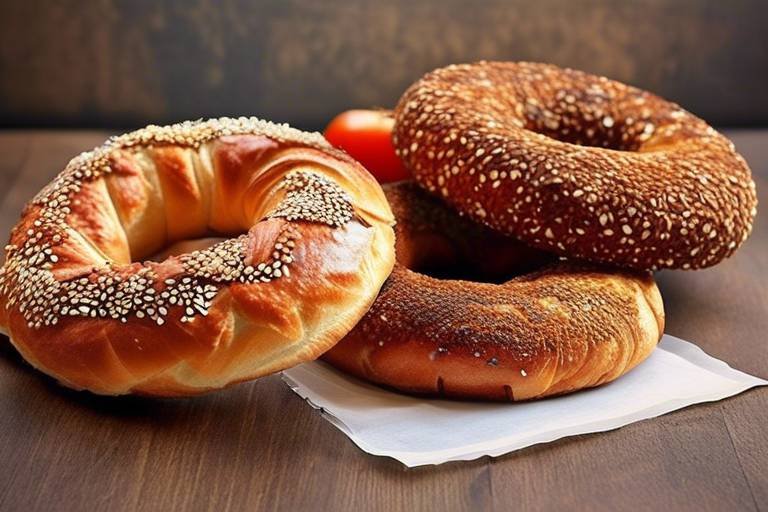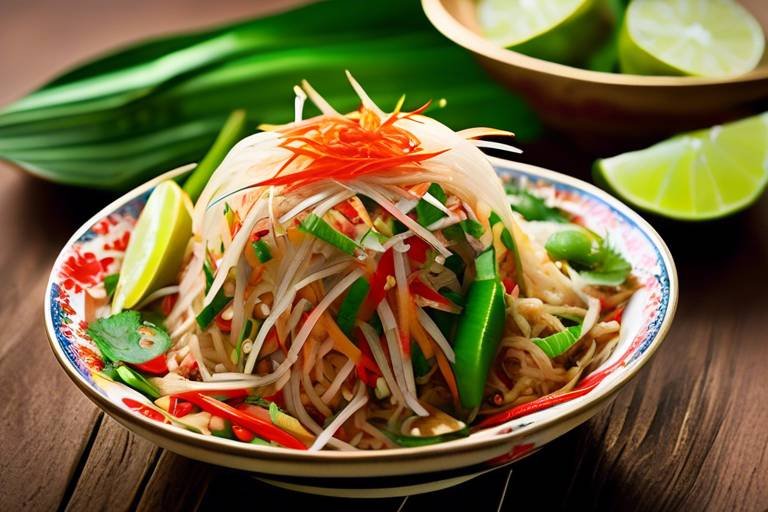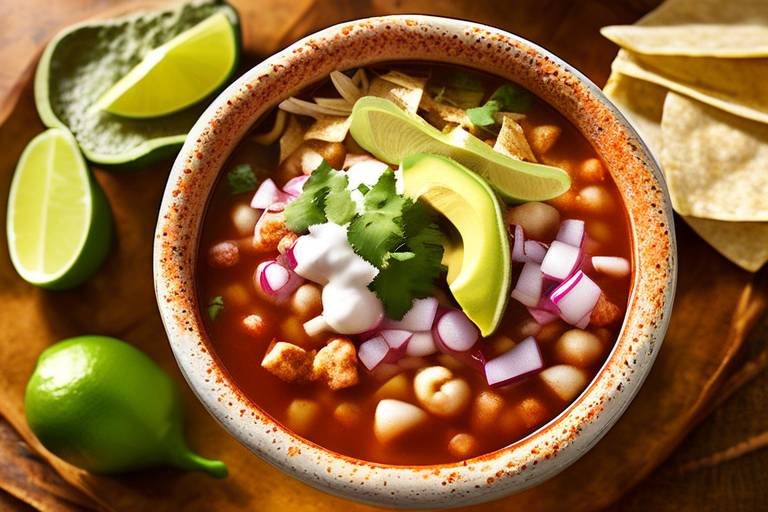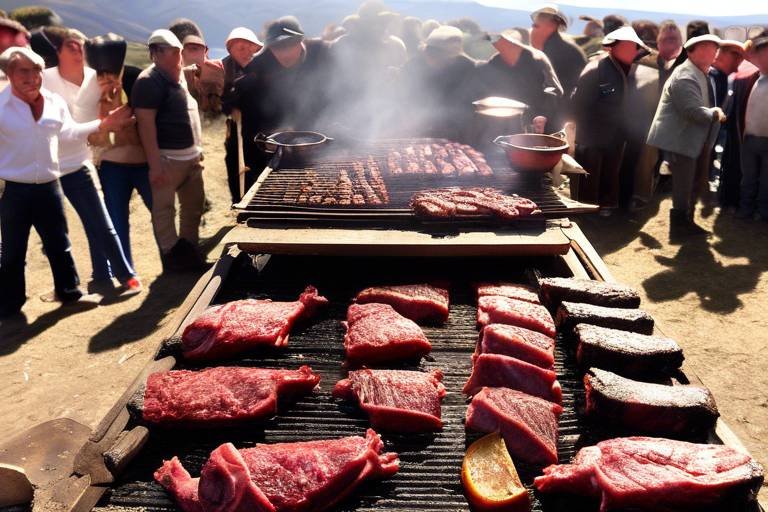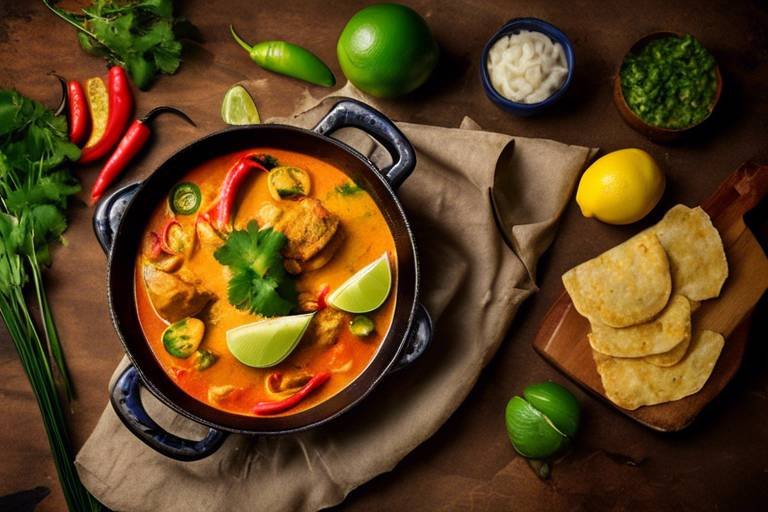The Ultimate Guide to French Ratatouille
Are you ready to embark on a culinary journey to the picturesque region of Provence through the flavors of French Ratatouille? This ultimate guide will take you through the rich history, key ingredients, traditional recipe, regional variations, health benefits, serving suggestions, and cultural significance of this iconic dish.
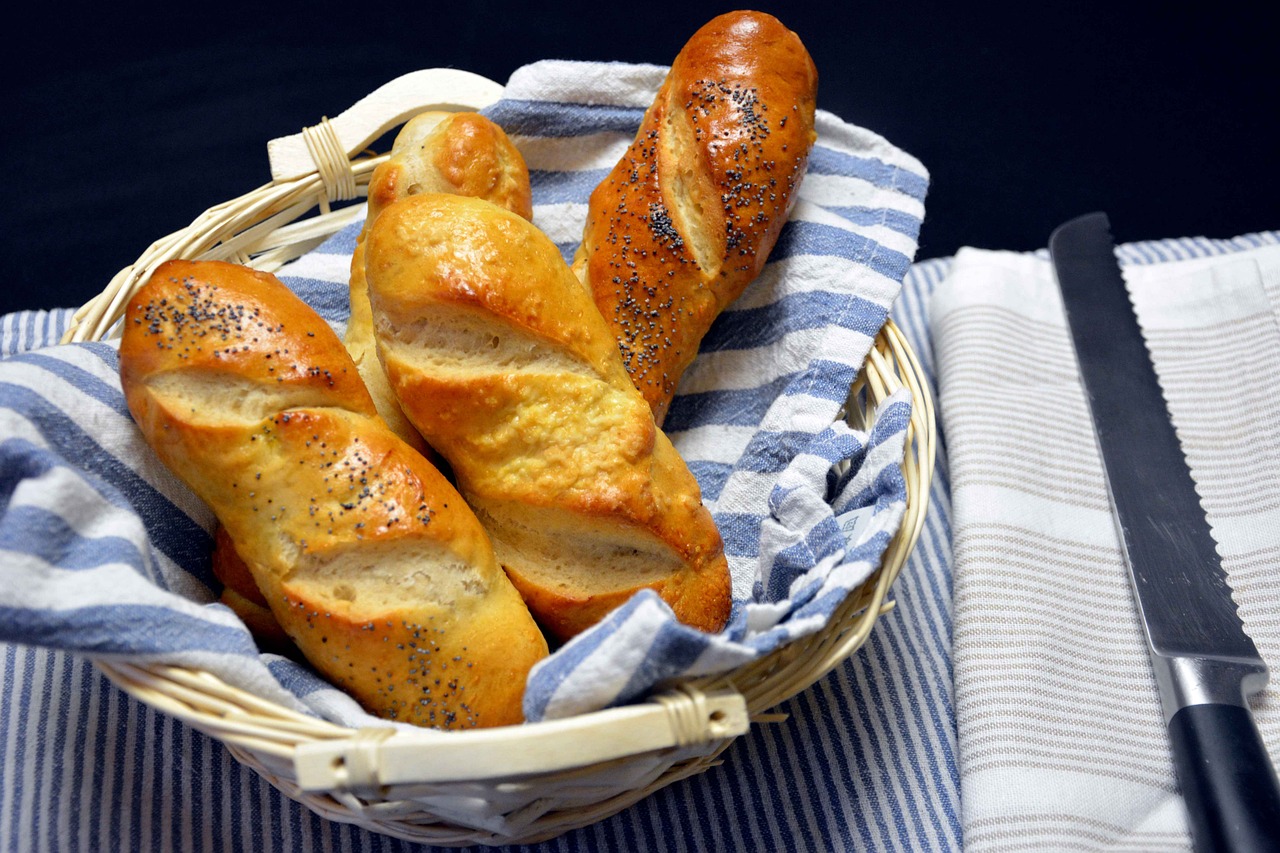
History of Ratatouille
Ratatouille, the iconic French dish that evokes images of rustic countryside kitchens and vibrant flavors, has a rich history rooted in the sun-soaked region of Provence. Originally a humble peasant dish, Ratatouille has transformed over the years into a culinary masterpiece celebrated around the world. The origins of Ratatouille can be traced back to the agrarian traditions of Provence, where farmers would gather the bounty of the summer harvest to create a hearty and satisfying meal.
Legend has it that Ratatouille was born out of necessity, as a way to make use of an abundance of seasonal vegetables. The dish was traditionally prepared by slow-cooking tomatoes, zucchini, eggplant, and bell peppers in olive oil, with aromatic herbs adding depth of flavor. Over time, Ratatouille gained popularity not only for its delicious taste but also for its simplicity and versatility.
As the culinary landscape evolved, Ratatouille transcended its humble origins to become a symbol of French gastronomy. Its inclusion in fine dining establishments and its portrayal in popular culture have elevated Ratatouille to a status of culinary excellence. Today, this vegetable stew continues to captivate food enthusiasts with its timeless appeal and vibrant medley of flavors.

Key Ingredients in Ratatouille
Ratatouille is a delightful vegetable stew that captures the essence of Provence in every bite. At the heart of this classic French dish are a few key ingredients that come together to create a symphony of flavors. Let's dive into the essential components that make Ratatouille a beloved culinary masterpiece.
Tomatoes play a starring role in Ratatouille, providing a rich and tangy base for the dish. Their juicy sweetness balances out the earthiness of the other vegetables, creating a robust flavor profile that is both comforting and satisfying.
Zucchini adds a subtle crunch and mild flavor to Ratatouille, complementing the textures of the other vegetables. Its delicate taste allows the other ingredients to shine while contributing to the overall harmony of the dish.
Eggplant brings a creamy texture and a slightly smoky flavor to Ratatouille, adding depth and complexity to each spoonful. When cooked to perfection, eggplant melts into the tomato sauce, creating a luscious consistency that binds the dish together.
Bell peppers, whether red, yellow, or green, bring a pop of color and a sweet crunch to Ratatouille. Their vibrant hues brighten up the dish, while their natural sweetness adds a refreshing contrast to the savory notes of the stew.
When these key ingredients—tomatoes, zucchini, eggplant, and bell peppers—come together in a harmonious medley, Ratatouille transforms into a flavorful celebration of the bountiful produce of the Mediterranean region. Each vegetable contributes its unique characteristics to create a dish that is both hearty and light, comforting and vibrant.
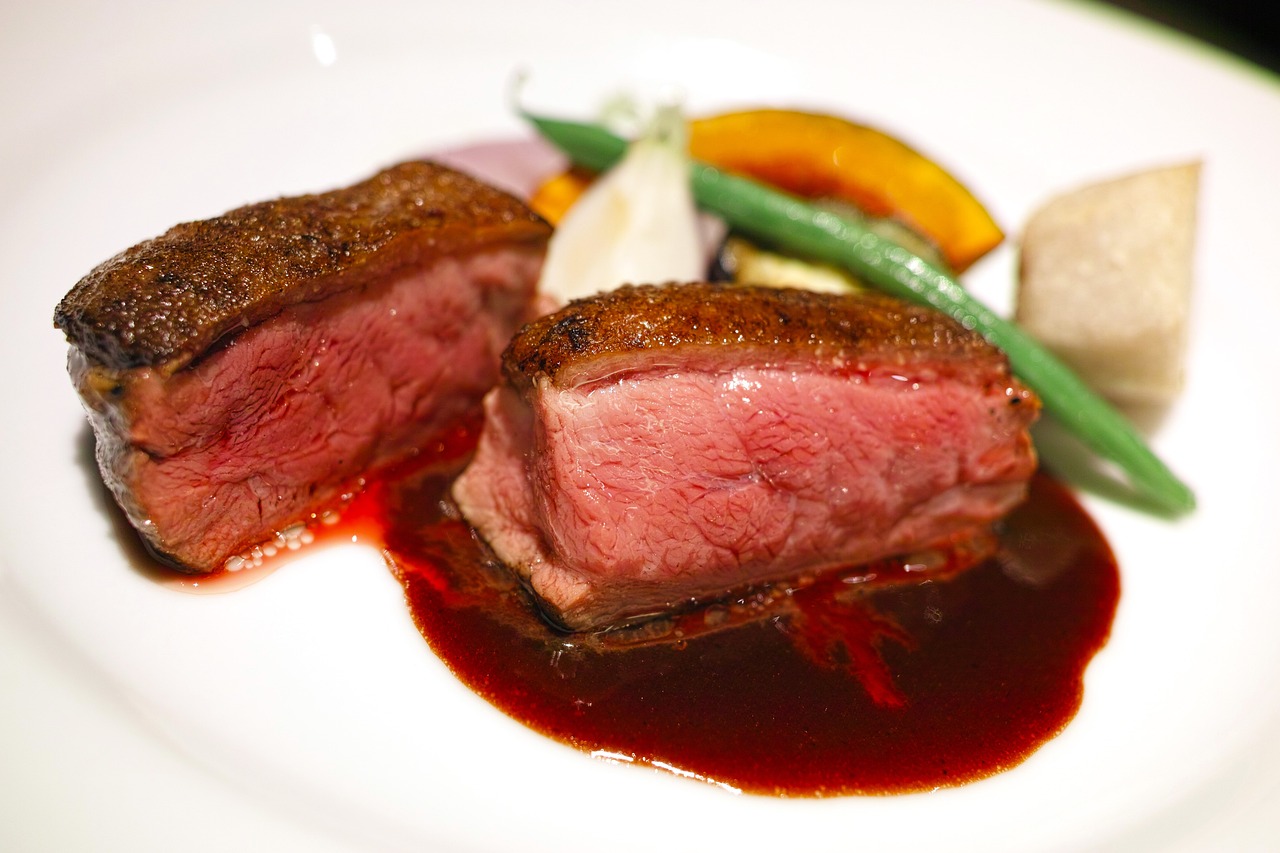
Traditional Ratatouille Recipe
Are you ready to embark on a culinary journey to Provence with the traditional Ratatouille recipe? This iconic French dish is a celebration of vibrant vegetables and rich flavors that will transport your taste buds to the sun-kissed fields of Southern France.
Start by gathering the key ingredients that form the heart of Ratatouille. Tomatoes, zucchini, eggplant, and bell peppers come together in perfect harmony to create a symphony of taste and texture. Each vegetable plays a crucial role in building the layers of flavor that define this classic dish.
Begin the preparation by slicing the vegetables into uniform rounds or cubes, ensuring that each piece is of similar size for even cooking. In a large pan, sauté the onions and garlic until fragrant, then add the tomatoes to create a luscious base for the Ratatouille.
Layer the zucchini, eggplant, and bell peppers on top of the tomato mixture, allowing the vegetables to simmer and meld together to create a melting pot of flavors. Season generously with aromatic herbs like thyme, rosemary, and bay leaves to enhance the taste profile of the dish.
As the Ratatouille simmers gently on the stove, the vegetables release their natural juices, creating a rich and savory sauce that binds everything together. The slow cooking process allows the flavors to intensify, resulting in a dish that is both comforting and satisfying.
Once the vegetables are tender and infused with the essence of Provence, it's time to serve the Ratatouille hot or at room temperature. Garnish with fresh basil or parsley for a pop of color and a burst of freshness that elevates the dish to a culinary masterpiece.
Pair your traditional Ratatouille with a crusty baguette to soak up the savory juices or serve it alongside a fluffy mound of couscous for a complete meal. A glass of light red wine, such as a Côtes du Rhône, will complement the earthy flavors of the dish and enhance the dining experience.
Experience the magic of Ratatouille as it transports you to the sun-drenched fields of Provence with every bite. This timeless recipe is a testament to the art of French cooking and the beauty of simple, fresh ingredients coming together to create a culinary masterpiece.
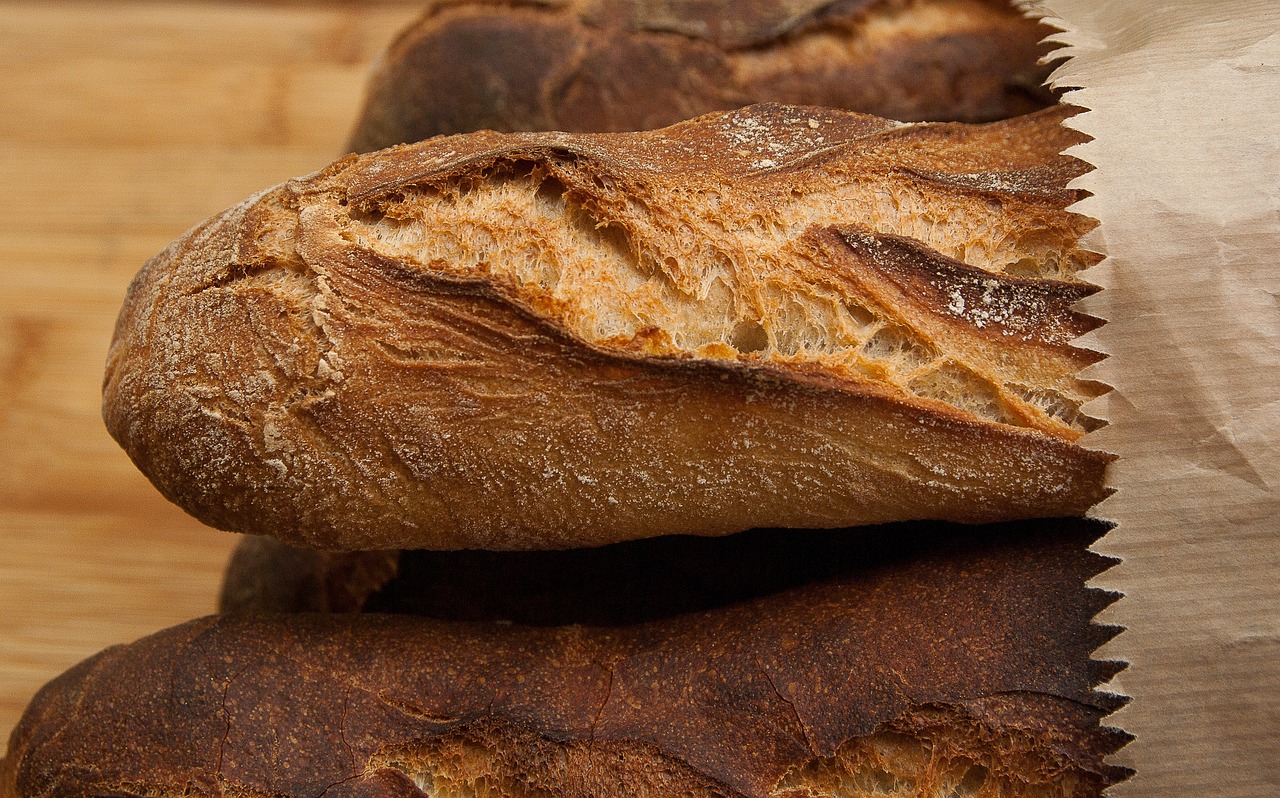
Regional Variations of Ratatouille
When it comes to Ratatouille, each region in France adds its own unique twist to this classic dish. From the sun-soaked beaches of Nice to the green valleys of Basque Country, Ratatouille takes on different flavors and ingredients, reflecting the diverse culinary traditions of each region.
In Ratatouille Niçoise, the dish is typically made with a combination of tomatoes, zucchini, eggplant, and bell peppers, much like the traditional recipe. However, what sets it apart is the addition of fragrant herbs like thyme, basil, and oregano, giving it a distinctly Mediterranean flavor.
Ratatouille Basquaise, on the other hand, incorporates ingredients like spicy Espelette pepper, Bayonne ham, and onions cooked in olive oil. This variation adds a depth of flavor and a touch of heat, making it a favorite in the Basque region.
Further north, in Ratatouille Provençale, chefs might add olives, capers, and anchovies to the mix, infusing the dish with briny and salty notes that complement the sweetness of the vegetables.
As you travel through France, you'll encounter Ratatouille Lyonnaise, which includes sautéed mushrooms and a splash of white wine, elevating the dish with earthy flavors and a touch of acidity.
Whether you prefer the robust flavors of Basque Ratatouille or the herbaceous notes of Niçoise Ratatouille, each regional variation offers a unique culinary experience that showcases the diversity and richness of French cuisine.
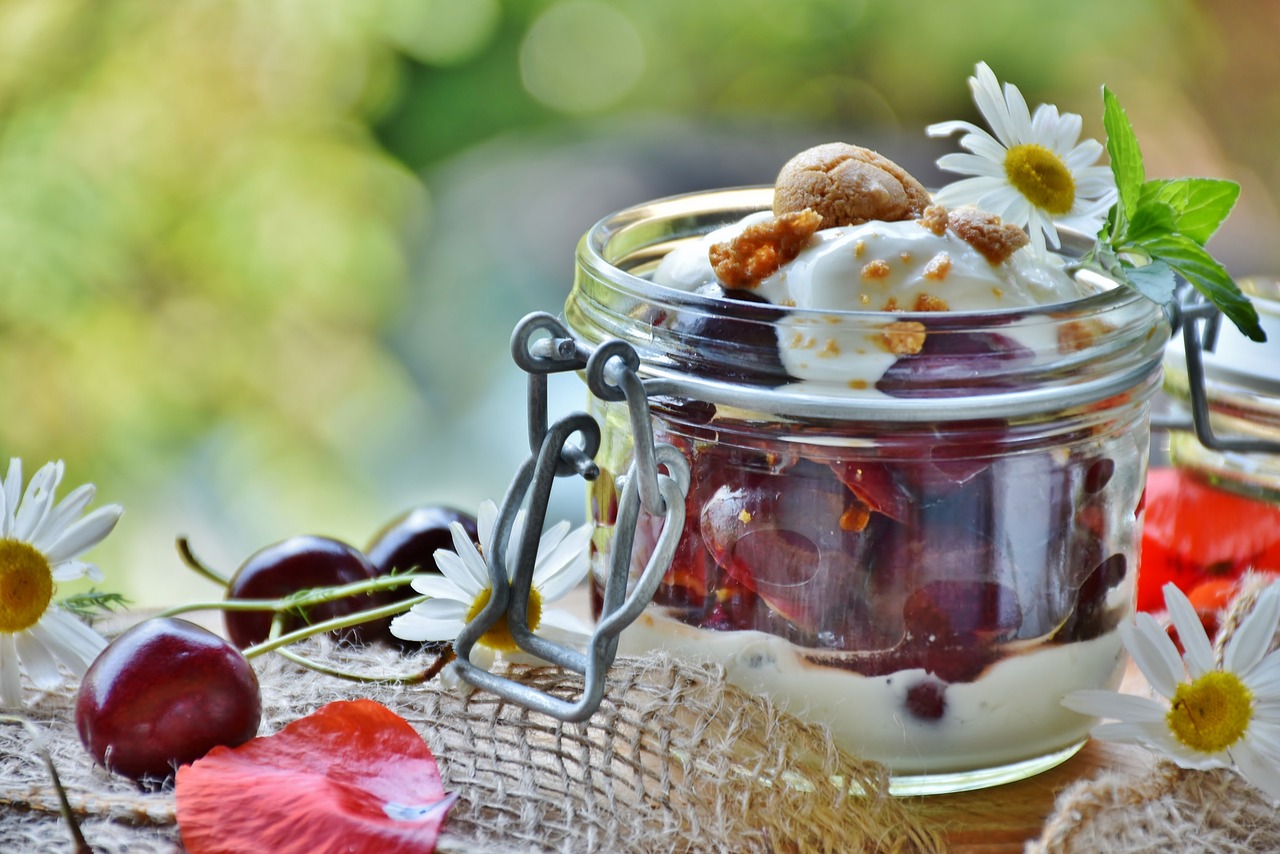
Health Benefits of Ratatouille
Ratatouille is not only a delicious and flavorful dish but also a powerhouse of health benefits. Packed with a variety of vegetables, this traditional French stew offers a plethora of nutrients that can support your overall well-being. Let's delve into the health benefits of Ratatouille and discover why this dish is not just a treat for your taste buds but also for your body.
One of the key health benefits of Ratatouille lies in its rich array of vitamins and minerals. The combination of tomatoes, zucchini, eggplant, and bell peppers provides a significant dose of essential nutrients like vitamin C, vitamin A, potassium, and fiber. These nutrients play crucial roles in supporting immune function, promoting healthy skin, and aiding digestion.
Moreover, Ratatouille is a great source of antioxidants, thanks to the presence of ingredients like tomatoes and bell peppers. Antioxidants help combat oxidative stress in the body, reducing the risk of chronic diseases and supporting overall health. By regularly incorporating Ratatouille into your diet, you can boost your antioxidant intake and protect your cells from damage.
Another notable health benefit of Ratatouille is its low-calorie content coupled with high nutritional value. This vegetable-based dish is a great option for those looking to maintain a healthy weight or improve their diet. The fiber content in Ratatouille can also promote feelings of fullness, aiding in weight management and supporting a balanced diet.
Furthermore, the ingredients in Ratatouille are known for their anti-inflammatory properties. Eggplant, in particular, contains compounds that may help reduce inflammation in the body, potentially lowering the risk of chronic conditions like heart disease and arthritis. By enjoying a serving of Ratatouille, you can nourish your body while also supporting its natural defense mechanisms.
In conclusion, Ratatouille is not just a culinary delight but also a nutritional powerhouse. With its abundance of vitamins, minerals, antioxidants, and anti-inflammatory properties, this classic French dish offers a myriad of health benefits. By savoring a bowl of Ratatouille, you can treat your taste buds while nourishing your body, making it a truly wholesome addition to your diet.

Serving and Pairing Ratatouille
When it comes to serving and pairing Ratatouille, there are a few key tips to elevate your dining experience and bring out the flavors of this classic French dish. One popular way to enjoy Ratatouille is by serving it as a main course, accompanied by a side of crusty bread or a serving of fluffy rice. The combination of the rich vegetable stew with the texture of bread or rice creates a satisfying meal that is both hearty and comforting.
For those looking to enhance the experience further, consider pairing Ratatouille with a glass of French wine. The acidity and fruitiness of a good red or white wine can complement the earthy flavors of the dish, creating a harmonious balance on the palate. Whether you prefer a bold red like a Côtes du Rhône or a crisp white like a Sancerre, the right wine can elevate the dining experience to new heights.
Another way to serve Ratatouille is as a side dish to accompany grilled meats or fish. The vibrant colors and robust flavors of the vegetable stew can add a pop of freshness to any protein-based meal. Consider serving Ratatouille alongside a juicy steak, a grilled chicken breast, or a flaky piece of salmon for a well-rounded and delicious meal.
Additionally, Ratatouille can be enjoyed cold as a refreshing appetizer or salad. Chilled Ratatouille served with a drizzle of olive oil and a sprinkle of fresh herbs can be a delightful starter on a hot summer day. The cool, tangy flavors of the dish make it a perfect addition to a picnic spread or a light lunch option.
When it comes to pairing Ratatouille, the key is to experiment and find what works best for your palate. Whether you choose to enjoy it as a main course, a side dish, or a cold appetizer, Ratatouille offers a versatile and flavorful addition to any meal.

Ratatouille in Popular Culture
When it comes to Ratatouille, its influence extends far beyond the kitchen and dining table. This iconic French dish has made a significant mark in popular culture, captivating audiences in various forms of media. One of the most notable appearances of Ratatouille is in the animated film of the same name, where a talented rat named Remy dreams of becoming a renowned chef in Paris. The movie not only showcases the art of cooking but also emphasizes the idea that anyone, regardless of their background, can pursue their passion and achieve greatness.
In addition to its cinematic fame, Ratatouille has also been featured in numerous culinary shows and competitions, where chefs from around the world put their skills to the test in recreating this classic dish. The colorful and vibrant presentation of Ratatouille on these platforms highlights its aesthetic appeal and gastronomic value, further solidifying its status as a beloved recipe in the culinary world.
Furthermore, Ratatouille has inspired chefs and home cooks alike to experiment with flavors and presentation, leading to innovative interpretations of the traditional recipe. From deconstructed versions to miniature servings, Ratatouille has been reimagined in various creative ways, showcasing its versatility and timeless appeal.
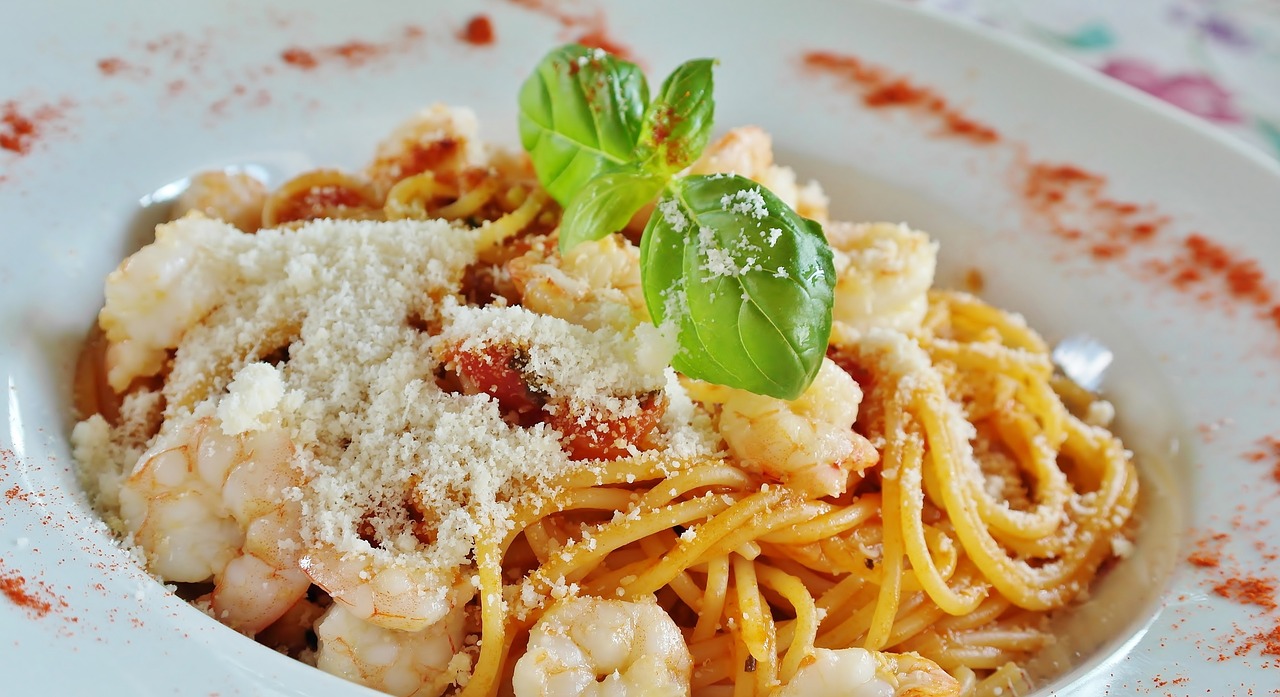
Ratatouille: A Culinary Masterpiece
Celebrate Ratatouille as a culinary masterpiece that transcends the boundaries of a simple vegetable stew. This iconic French dish is a symphony of flavors, a masterpiece that showcases the beauty of fresh, seasonal ingredients harmoniously combined to create a delightful culinary experience. Just like an artist carefully selects colors for a painting, the chef selects the finest vegetables to craft a Ratatouille that is not only visually appealing but also bursting with taste.
Imagine each bite of Ratatouille as a burst of flavors dancing on your taste buds, with the sweetness of tomatoes, the earthiness of eggplant, the freshness of zucchini, and the vibrant colors of bell peppers coming together in perfect harmony. It's a dish that speaks to the soul, a true masterpiece that embodies the essence of French gastronomy.
As you savor each spoonful of Ratatouille, you can't help but appreciate the simplicity and complexity of this dish. It's a humble creation that has stood the test of time, winning hearts and palates around the world. From its origins as a peasant dish to its status as a culinary icon, Ratatouille has proven itself to be a timeless masterpiece that continues to inspire chefs and food lovers alike.
Just like a well-executed piece of art, Ratatouille requires skill, patience, and a deep understanding of flavors. The careful layering of vegetables, the slow simmering of the sauce, and the precise seasoning all contribute to the creation of this culinary masterpiece. It's a dish that rewards attention to detail and a passion for good food.
Whether enjoyed on a cozy evening at home or served at a fancy dinner party, Ratatouille never fails to impress. Its versatility and depth of flavors make it a standout dish that can hold its own among the finest culinary creations. Ratatouille truly is a culinary masterpiece that deserves a special place in every food lover's heart and kitchen.
Frequently Asked Questions
- What is the origin of Ratatouille?
Ratatouille originates from the region of Provence in France. It started as a humble peasant dish and has now become a beloved part of French cuisine.
- What are the key ingredients in Ratatouille?
The main ingredients in Ratatouille include tomatoes, zucchini, eggplant, and bell peppers. These vegetables are cooked together to create a flavorful stew.
- How is traditional Ratatouille prepared?
Traditional Ratatouille is prepared by slicing the vegetables and simmering them in a rich tomato sauce. The dish is cooked slowly to allow the flavors to meld together.
- What are some regional variations of Ratatouille?
There are various regional adaptations of Ratatouille in France, such as Ratatouille Niçoise and Ratatouille Basquaise. Each region puts its unique twist on the dish.
- What are the health benefits of Ratatouille?
Ratatouille is packed with vitamins, minerals, and antioxidants from the vegetables. It is a nutritious dish that can support overall health and well-being.
- How should Ratatouille be served and paired?
Ratatouille can be served with crusty bread, rice, or a glass of French wine to enhance the dining experience. Pairing it with complementary foods can elevate the flavors.
- What is the significance of Ratatouille in popular culture?
Ratatouille has made its mark in popular culture through the animated film of the same name and its presence in culinary shows. It has become a symbol of culinary excellence.
- Why is Ratatouille considered a culinary masterpiece?
Ratatouille is celebrated as a culinary masterpiece due to its use of simple, fresh ingredients that come together to create a harmonious dish. It represents the essence of French gastronomy.

